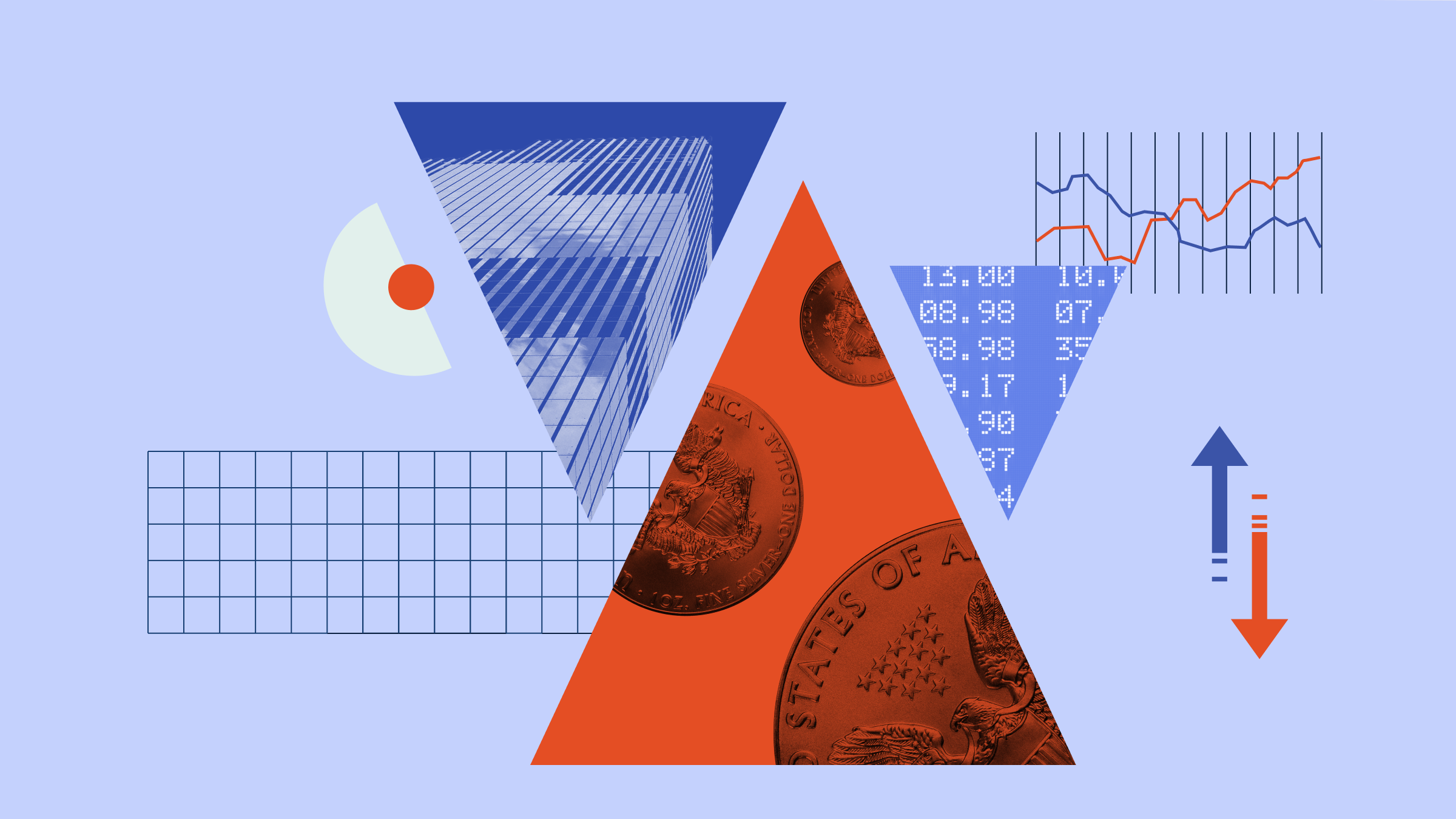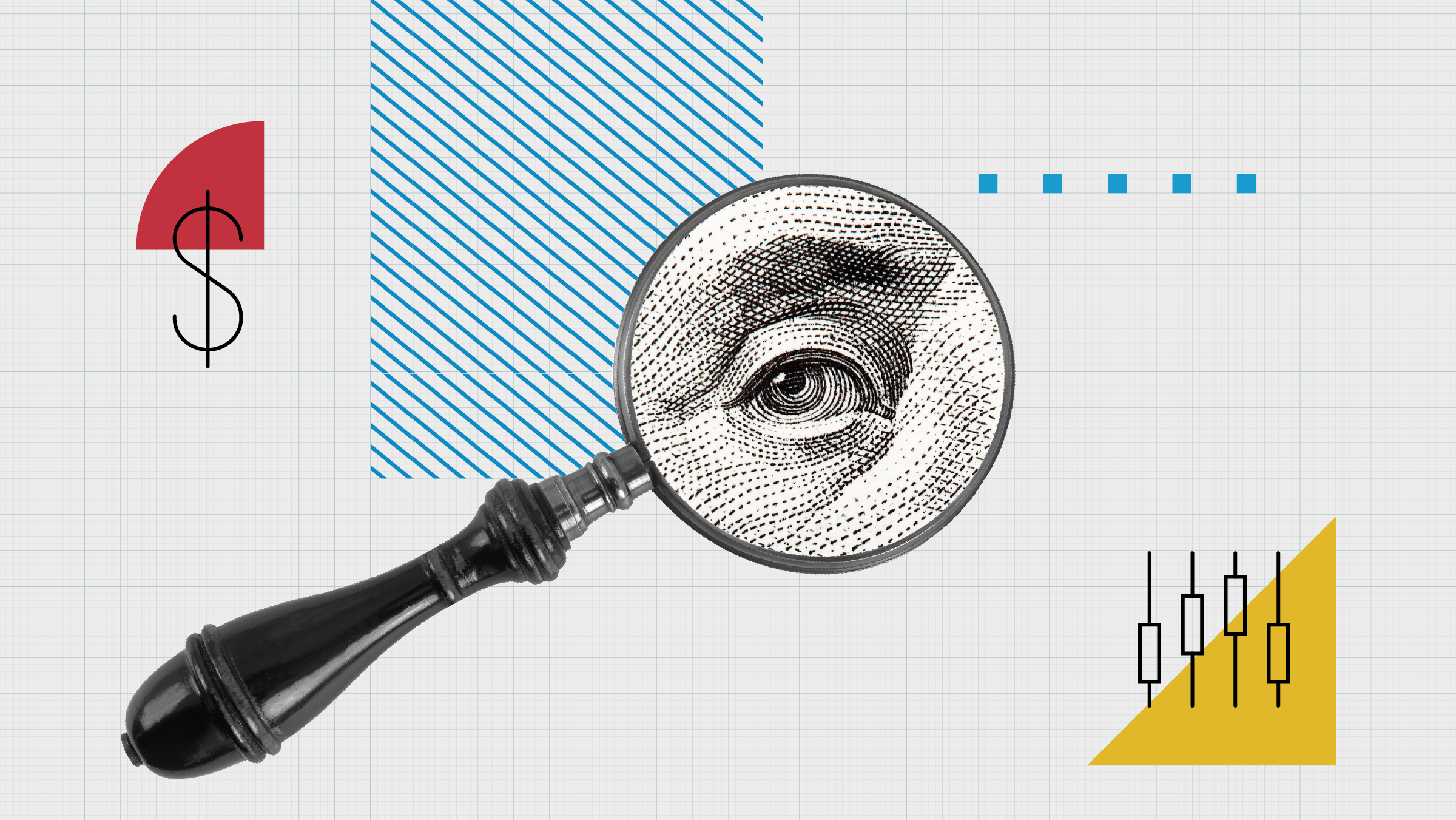
Absolute return and dollar funds topped the fund performance list in September, a month where fewer than 10% had positive returns.
According to Morningstar data, only 61 of our 787 covered funds returned above 0% last month. And it’s hardly a surprise: during the month we got a new monarch, a new government, a dramatic mini-Budget, soaring bond yields, and a sterling in freefall. We’ve since had a U-turn on the tax rate too, but thankfully the impact of this will be delayed.
And so we’re here to check how funds tackled these issues and how it impacted returns. If you’re keen on reading about how the currency conundrum impacts funds, we have covered that too.
Not many funds did well in this environment, and those that did still only had single-digit returns. In the top 10 list, we find several absolute return funds, allocation and bond funds, and several of these have a US dollar focus.
Meanwhile, almost 30 of the worst performers had double-digit losses in September. Some of the worst categories were sterling inflation-linked bonds, property and smaller companies.
Top Performing Funds in September
BlackRock topped the performance chart in September with its Systematic Global Long/Short Equity fund. The fund, which has a history of maintaining a low correlation to global equity markets, holds a series of 0% US treasury bonds, and returned 5.08%.
The second and third best performers were Ruffer Total Return and Abrdn Global Absolute Return. Both of these hold some equities too, and their returns for the month were 4.95% and 4.34% respectively.
Absolute return funds are designed to perform whatever the market conditions, and are often promoted as an "all-weather" solution to market volatility. And it seems the current recession-ish environment is perfect. That contrasts sharply to the Covid-19 crisis, when we found only one in four was doing its job.
As we also round off the third quarter of 2022, these three funds returned 7.97%, 10.66% and 6.22% over the past three months, respectively.
Meanwhile, funds with an India focus won out in Q3; the top five performers are all India equity funds boasting returns above 17%. The top performer, Jupiter India, grew 19.53% over the quarter, despite only returning 1.18% in September.
Bottom Performing Funds in September
The competition for worst performance is significantly starker than that of top performer. As mentioned, more than 90% of the funds were down last month, and categories like gilts, small- and mid-caps in Europe, UK and the Nordics, and Korean equity are all represented in the table.
That said, one fund did a lot worse than the others: Royal London Index Linked, down 27.93% last month. For comparison, the second-worst performer, Comgest Growth European Smaller Companies, was down 16.09%. That said, our analysts believe these funds have merit, as they boast Morningstar Analyst Ratings of Bronze and Silver.
Over the past quarter, these two funds remained the worst performers. In the space between July and the end of September, the funds were down 26.36% and 16.54%, respectively. Over the same period, we also saw China funds struggle; that's an unsurprising result considering the string of local lockdown measures and supply chain issues.
The gilt theme was also reflected in ETF performance, where we saw Lyxor Core UK Government Inflation-Linked Bond (DR) UCITS ETF (GILI) drop by 27.90%. On 22 September 22, the Bank of England raised interest rates from 1.75% to 2.25%. Three members of the Bank voted for a rate increase of 75 basis points, and it’s expected to raise rates even further in November.
This, together with the £50 billion tax cut plan promised (and then partially withdrawn) by the UK's newly-minted prime minister Liz Truss, triggered the collapse of the pound and a massive sell-off of long-term bonds.
JPM Korea Equity was the fund with the third-worst return in September, down 16.03% (and down 12.14 over the quarter). Here, asin the West, recession fears are looming. The main exchange, the Kospi, has been heavily impacted by the Fed’s decision to hike interest rates, as well as the Bank of Korea’s intentions to impose another 50-basis point jump. Meanwhile, foreign investors are fleeing because of the strong dollar.









.png)



















